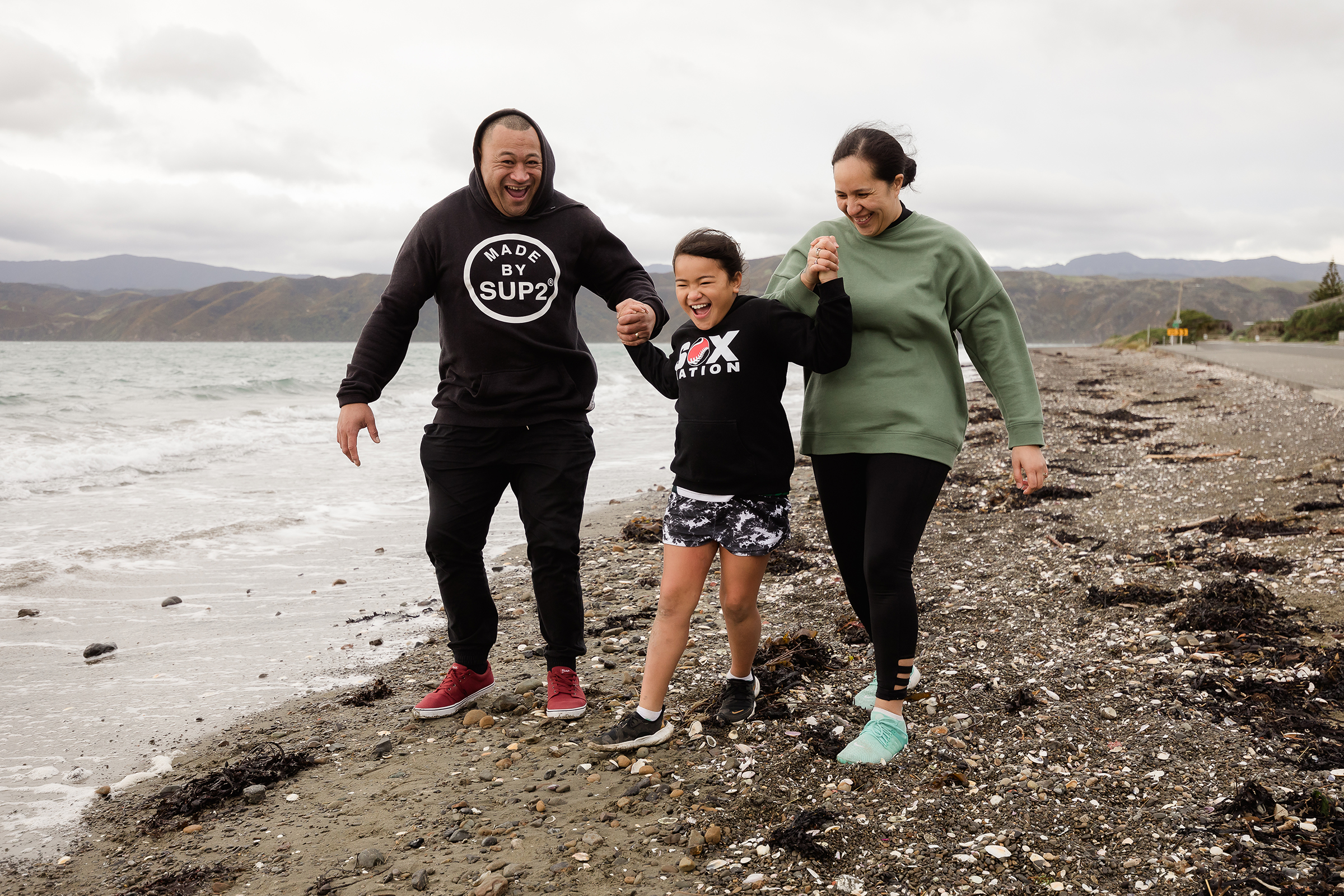First Section 7AA Report released
Published: July 30, 2020
This week Oranga Tamariki has released the first Section 7AA report.
It is an important report for the Ministry, highlighting how Oranga Tamariki is seeking to transform how we work to improve outcomes for tamariki Māori, their whānau, hapū and iwi.

A shift in the way we work with and for tamariki and rangatahi Māori
Section 7AA came into force on 1 July 2019 and requires Oranga Tamariki to improve outcomes for tamariki and rangatahi Māori by:
- ensuring policies and practices have the objective of reducing disparities for tamariki and rangatahi Māori
- ensuring policies, practices and services have regard to mana tamaiti (tamariki), whakapapa and whanaungatanga
- developing strategic partnerships with iwi and Māori organisations.
It also requires progress to be reported each year. From 2021 onwards, we aim to release a section 7AA report alongside our departmental annual report.
Please note that due to Covid-19 and capacity constraints, the 2021 report is delayed until early 2022.
Our vision
Under section 7AA, the Oranga Tamariki vision for tamariki and rangatahi Māori is that “no Tamaiti Māori will need state care” – a significant and worthy challenge strongly supported by our iwi and Māori partners.
The report shows that, in the first 12 months, there are several encouraging signs that point toward a shift in outcomes for tamariki Māori who are interacting with Oranga Tamariki.
As well as a continuing drop in the number of Māori children entering care, for the first time in a number of years we are seeing a reduction of Māori children in care.
While this shows movement in the right direction, we know there is still a huge amount of work to be done. Working alongside our partners is how we will get there, and we are working more closely than ever before with iwi and Māori organisations, hapū and whānau, as we know the best place for tamariki to be, is with their whānau.
Over the past year, Oranga Tamariki has started to see the impact of the work to improve outcomes for tamariki and rangatahi Māori through:
- increased relationships between sites and mana whenua
- the creation of 42 kairaranga-a-whānau roles to ensure tamariki and rangatahi Māori and their whānau are supported as early as possible
- 75% of tamariki Māori and rangatahi with caregivers are being looked after by their own whānau or Māori caregivers
- a 30% increase in funding over the past two years into iwi and Māori community providers.
What’s ahead for meeting Section 7AA
Over the next 12 months, Oranga Tamariki will prioritise work in the following three areas:
- improving practice by ensuring whānau participation in decision-making;
- enabling community-led responses to prevent contact with the state system; and
- partnering to enable the Treaty aspirations of Māori.
We acknowledge that we are at the beginning of our journey towards realising our goal that tamariki Māori are thriving under the protection of their whānau, hapū and iwi. Section 7AA is enabling us to bring about changes that tamariki, rangatahi, their whānau, hapū and iwi expect of us.

